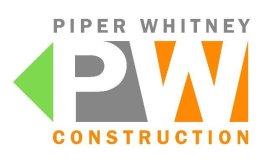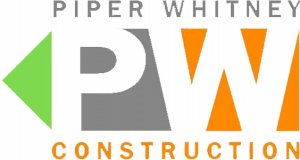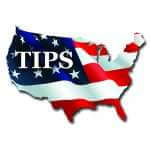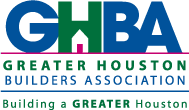Piper Whitney Construction LLC specializes in sustainable, durable, and innovative landscape and hardscape installations
Piper Whitney Construction LLC specializes in various landscaping and hardscaping services tailored to withstand Texas’ weather, climate, and conditions. Our team is committed to delivering custom, environmentally friendly solutions that are sustainable and durable for our clients. We take pride in delivering top-quality landscaping design services that are built to last. The products we install are manufactured in the United States and Texas with locally sourced materials.
Services
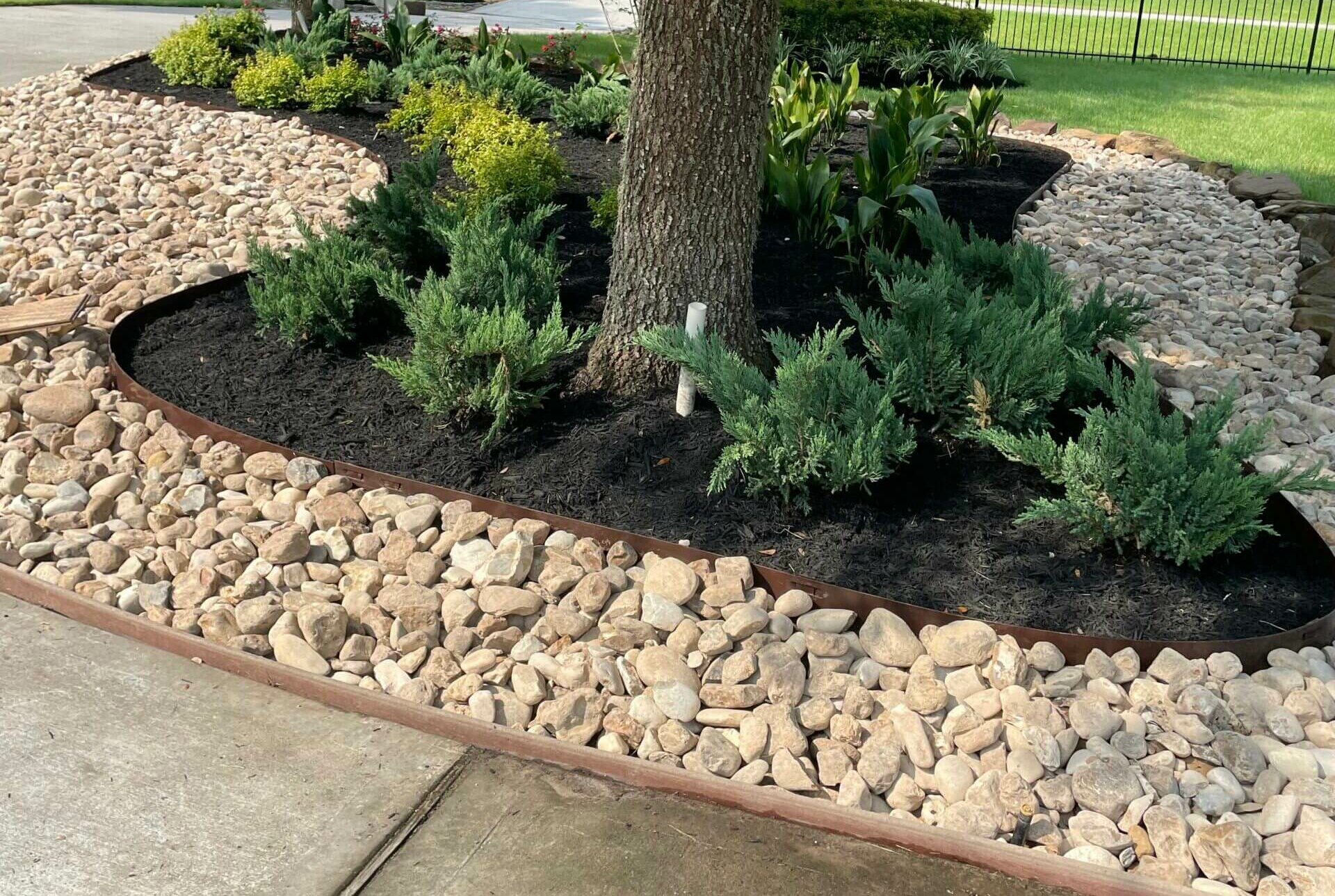
Landscaping
Our expertise lies in creating custom landscaping designs, implementing installations, and providing effective drainage solutions specifically designed to withstand the unique climate and conditions of Texas.
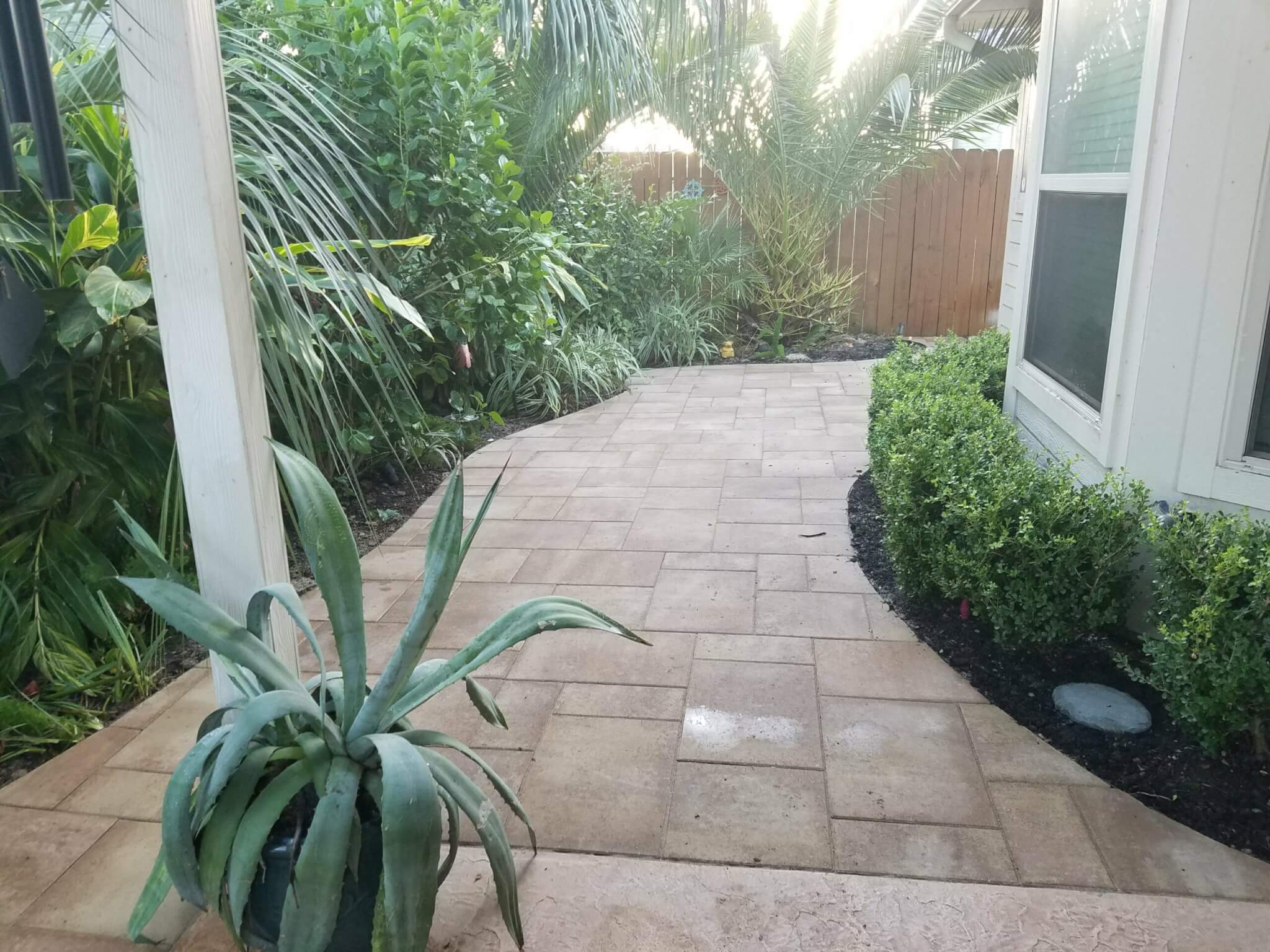

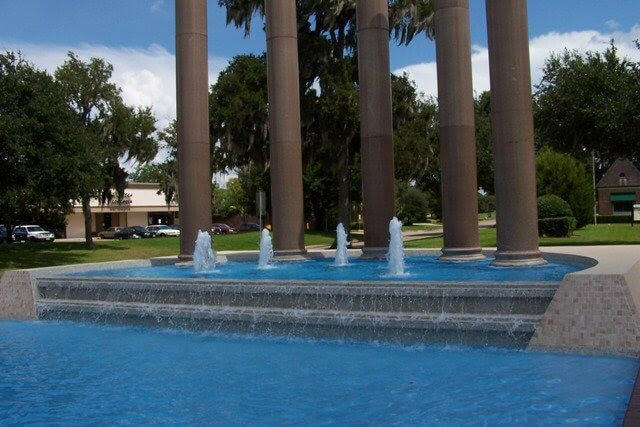
Water
We specialize in a range of services, including pool removals, landscaping, and creating serene water features.
Creative Solutions
We craft our solutions to suit our clients’ preferences while prioritizing sustainability.
-
Trails
-
Hardscaping
-
Driveways
-
Patios
-
Sports Courts
-
Safety Surfaces
-
Code Compliance
-
Replacing DG
-
Pool Decks
-
Parking Lots
-
Playgrounds
-
Dog Parks
Professional Design and Installation
premier provider of landscaping design and installations, permeable paving, rubber safety surfacing, and more
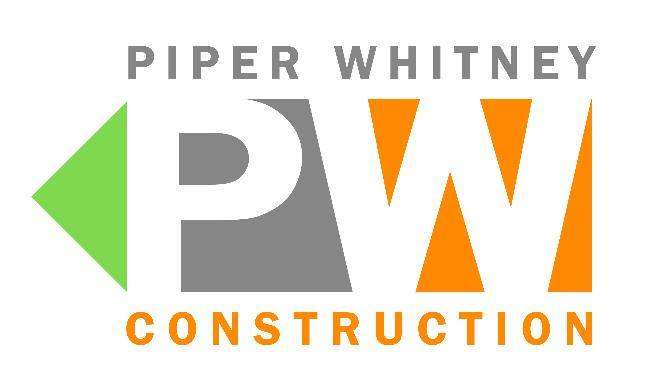
Piper Whitney Constructruction is your final solution for transforming landscapes and permeable paving products that are eco-friendly with a low environmental impact.
